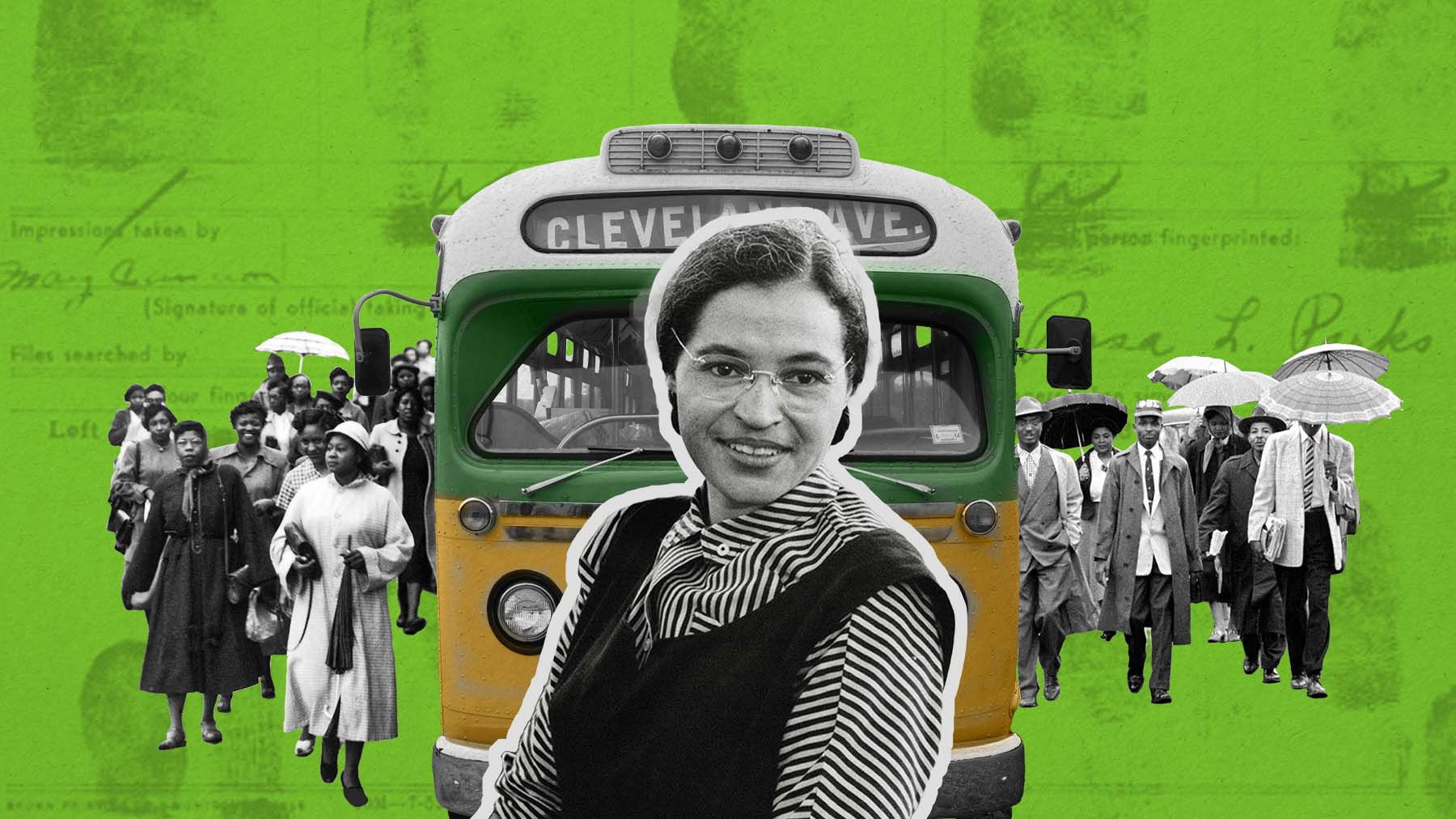I’m fascinated by history.
Today’s 68th anniversary of the Montgomery Bus Boycott is another reminder why.
First, because I think it’s interesting to know who and what came before me, and how that’s led us to where we are today. Second, because I believe that history usually carries a lesson.
Montgomery is a city rich with history. It was one of the things that drew me, a Black woman, to the Deep South, after spending most of my life on the East Coast. It’s difficult to travel around this city without bumping into something or someone with historic ties. The coffee shop I frequent is in the Kress Building, once a renowned department store chain. Sixty-eight years ago, a Black patron, such as I, was expected to enter the building though a back door facing Monroe Street while white patrons entered through the front door facing Dexter Avenue.
Across from Kress stands the building from which the telegram ordering the bombardment of Fort Sumter by Confederate forces was sent on April 11, 1861, plunging the country into civil war. Between the former department store and this historic building sits a fountain that marks the site of a former slave market where Black people were once bought and sold as chattel.
And on a corner, overlooking it all is a statue of Rosa Parks, the determined seamstress who took a stand against segregation by remaining seated on a bus in defiance of orders to give up her seat to a white man.
Following her arrest on Dec. 1, 1955, for refusing to give up her bus seat, Black residents organized and launched an economic boycott of the city bus lines on Dec. 5 – her court date. And despite the approaching Christmas holiday, Black people refused to spend their hard-earned cash in stores like Kress where they faced discrimination.
The bus boycott would last 381 days, ending Dec. 20, 1956, in the wake of the previous month’s U.S. Supreme Court decision desegregating the buses.
The bus boycott offers a historic lesson on what is possible when people work in tandem to advocate for the community. As a writer working for a civil rights organization, I see this in the work we do every day. Whether it’s advocating for people seeking asylum in the courts, funding grants for local organizations to increase voter participation or combating hate groups that spew misinformation and sow division, it’s an undeniable reminder of the power of community.
Indeed, Parks did not act alone. She was supported by grassroots organizations like the Women’s Political Council and the Montgomery Improvement Association, churchgoers, middle-class and working-class people. Together, their commitment to action brought attention to the Civil Rights Movement, by protesting what was happening to Black people in Montgomery and across the country.
Where the individual could easily be defeated, the collective was formidable. This is a lesson I remember as we face continued attacks on our democracy, people experiencing poverty and people of color. It’s a lesson that’s still being celebrated and studied today, including a recent four-day celebration in Montgomery commemorating the anniversary of this pivotal civil rights event.
The Montgomery Bus Boycott was successful because Black people formed a united front. Its anniversary offers us an occasion to reflect on what is possible when communities work together for the benefit of all.
Illustration at top by SPLC



